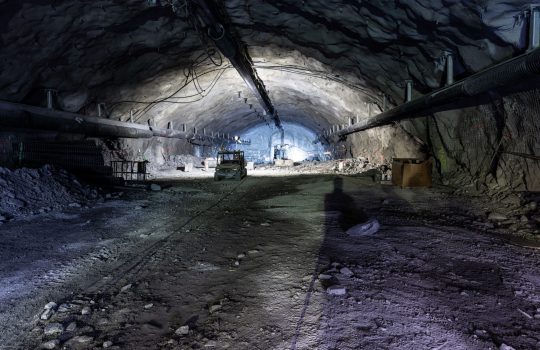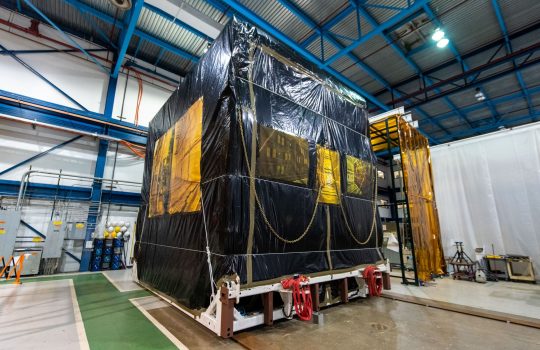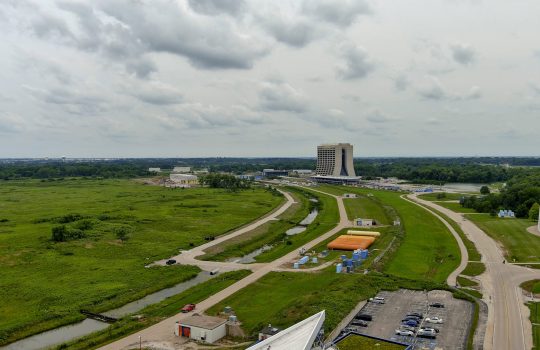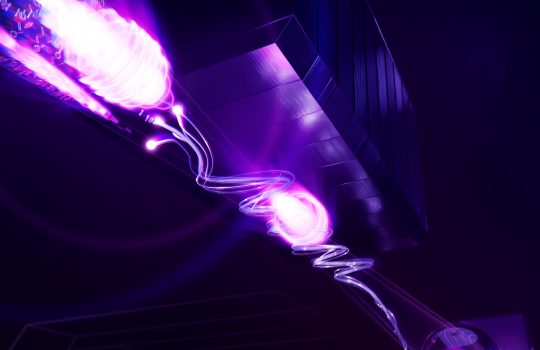New center will enhance engineering research at Fermilab
The new building, named the Integrated Engineering Research Center, provides state-of-the-art lab space and will make research and development a more collaborative and centralized process at Fermilab.









